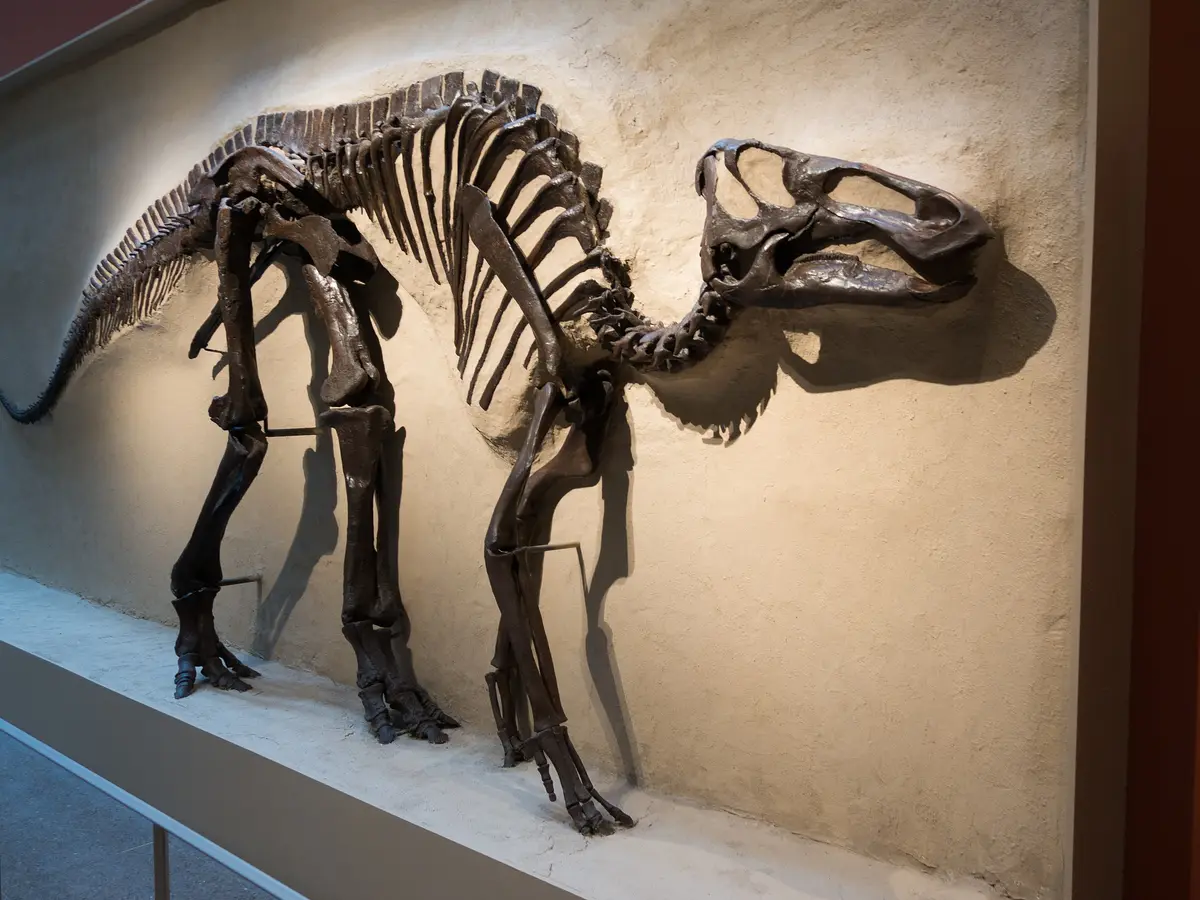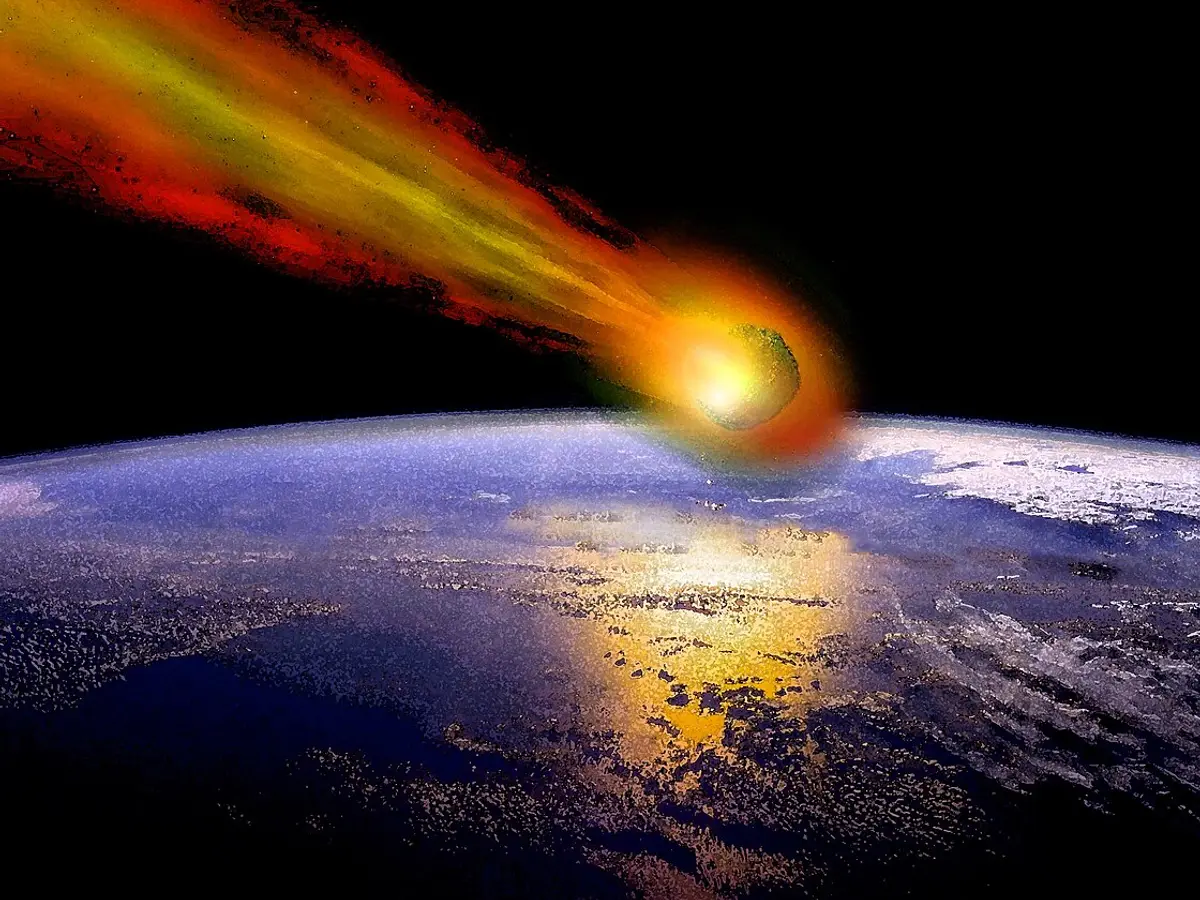Unexplained Knocks in Space: What Did Astronaut Yang Liwei Really Hear?

Imagine drifting through the vast emptiness of space and suddenly hearing knocks echoing against your spaceship. Sounds like something out of a sci-fi thriller, right? But for astronaut Yang Liwei, this chilling experience was all too real during China’s historic Shenzhou 5 mission in 2003.
In the episode of “Doctor Who” titled “Listen,” viewers are taken on a spine-tingling journey with Peter Capaldi as the Doctor investigates an unseen creature. The tension escalates when our heroes hear mysterious knocks every night aboard a deserted spaceship at the end of the universe. It’s a concept that taps into our deepest fears—what if there’s something lurking just beyond our sight?
Fast forward to reality, and strange sounds in space aren’t just fictional plot devices. During the Shenzhou 5 mission, astronaut Yang Liwei reported hearing a series of knocks that sounded like a wooden mallet striking metal. This phenomenon wasn’t just a one-off occurrence; astronauts aboard subsequent missions—Shenzhou 6 and Shenzhou 7—heard the same unnerving sound, and yet, no one could identify its source.
Yang's journey was pioneering for China, marking its first manned mission that lasted 21 hours. Yet, the eerie knocking remains a mystery. While NASA has released sounds from black holes, proving that some cosmic noises can be scientifically explained, Yang’s knocks continue to defy logic.
Interestingly, the sound phenomenon was not unique to the Shenzhou missions. Astronauts on Apollo 10 reported eerie whistling sounds during their flight around the dark side of the moon, and more recently, astronauts stranded in space due to a Boeing Starliner mishap also experienced strange noises. While some of these sounds have been traced back to known sources, the knocks from Yang’s spacecraft remain a tantalizing enigma.
So what could have caused these mysterious knocks? Some experts theorize it might have been debris colliding with the spacecraft or even the craft's structure expanding and contracting with temperature changes. Another possibility is that it was air escaping from the ship, causing vibrations. The fact that three separate missions experienced similar sounds over a five-year span adds layers to the intrigue.
As we continue to explore the cosmos, these unexplained phenomena only heighten our fascination with space. From the isolated silence of the void to puzzling knocks echoing in the dark, we’re reminded that the universe still holds many secrets waiting to be uncovered. This ongoing mystery keeps space exploration an exciting and essential frontier for human curiosity.



























